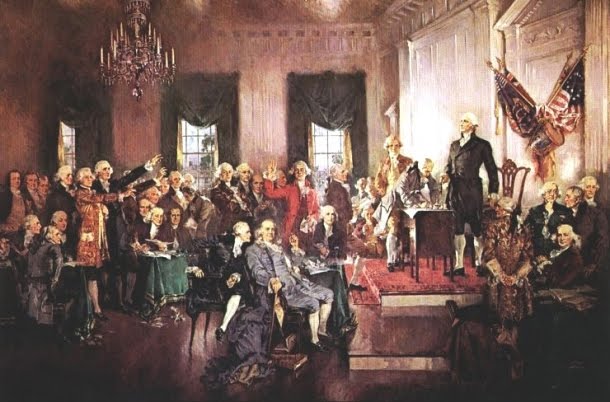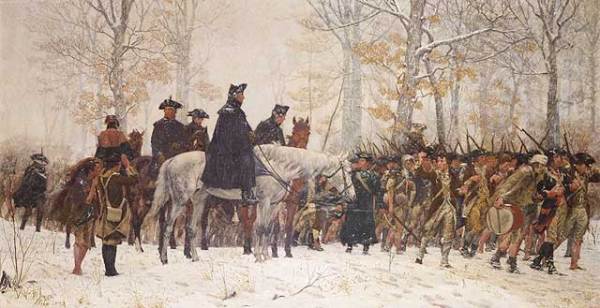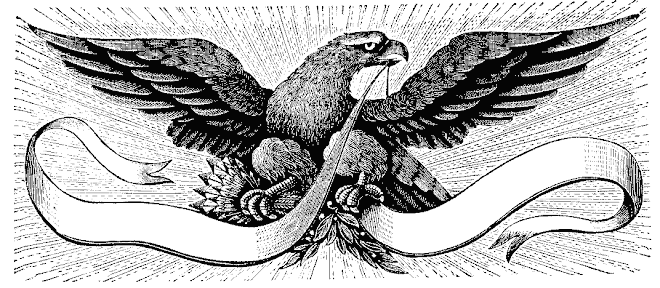From The American Thinker:
October 01, 2010
Vindicated: The Truth about Conservative Economic Policies
By John Griffing
Over the years, conservative economic policies have been the subject of heated attack by liberals seeking to justify punitive taxes and a bloated regulatory state. But far from failing, conservative economic values have delivered on every point.
Liberal economists frequently claim that tax cuts -- the centerpiece of effective conservative economic policies -- harm revenues and contribute to deficits. But this claim is patently false. Out-of-control spending, not tax cuts, causes huge deficits.
President Reagan cut the top tax rate to 28 percent for joint filers during the eighties. During the Reagan expansion, total revenues jumped nearly one hundred percent.
President Kennedy cut the top rate for joint filers to 70 percent from the confiscatory level of 90 percent under his predecessor. Real revenues in the sixties following the Kennedy tax cuts grew by 60 percent, or 30 percent minus inflation.
Although blasted in the mainstream media -- often without factual validity -- the Bush tax cuts achieved comparable success to the Kennedy and Reagan cuts. The terrorist attacks and the 2001 recession were obviously huge blows, but revenues quickly recovered, helped by pro-growth economic incentives. In 2003, revenues were $1.6 trillion. In 2007, revenues were $2.1 trillion, adjusted for inflation. Revenues increased.
Liberals like Ezra Klein at the Washington Post often rely on CBO budget calculations as a means of undermining tax cuts as a valid economic model, since the CBO always counts tax cuts as revenue losses. But annual federal budget data on actual receipts clearly demonstrates that revenues rise substantially when tax rates are cut and that revenues stagnate, or even fall, in response to increases in the level of taxation. The Bush 41 tax increase resulted in documented revenue loss. Why the heavy emphasis on historically inaccurate CBO calculations instead of easily accessible revenue data published annually in the U.S. Budget?
Revenues aside, income disparity remains a popular target for critics of conservative economic policies. A widely used template for the income disparity argument is the Reagan expansion. Many in the media have contended that the rich got richer and the poor got poorer[i] in the eighties, citing as proof the large gap between the highest and lowest income quintiles at the close of the decade. But this claim is a gross misrepresentation of available data.
The fact is that a lot of poor people got richer in the eighties. According to the Census, those making an average of $50,000 or more in the eighties increased by 60 percent, those making an average of $75,000 or more increased by 83 percent, and those making less than $10,000 decreased by 5 percent. Similarly, the Federal Reserve Bank of Dallas, using data gathered from tax returns, found that between 1979 and 1988, 85 percent of those in the poorest quintile moved into a higher quintile.
Furthermore, it is known that the rich pay a larger share of the tax burden after tax cuts. As the incentive to invest and grow business expands, so do incomes, and as incomes expand, so do revenues from "the rich."
During the Reagan years, the share of income taxes paid by the top ten percent of earners rose from 48 percent in 1981 to 57.2 percent in 1988. The "rich" pay more, not less of the tax burden.
The same principle can be observed in the Bush expansion.
Liberal economists frequently claim that conservative economic policies cost jobs.
Again, the numbers to support these fictitious assertions are lacking. The Reagan expansion boosted employment by nearly 20 million.
And despite the persistent claim that the George W. Bush tax cuts resulted in net job loss, the household survey at the Bureau of Labor Statics (BLS) shows strong job growth for the Bush years. Furthermore, self-employment and small business employment increased to over fifty percent of total U.S. employment during the Bush years,[ii] breaking old economic paradigms and invalidating outdated methods of measuring job creation. Regardless of survey discrepancies, it is a fact that America attained a 4.6 percent unemployment rate during the Bush years -- nearly as low as that achieved during the late nineties.
On this note, liberal economists consistently tout the Clinton years as a successful example of tax-and-spend economics. But in reality, the revered expansion of the nineties was built on tried-and-tested conservative economic principles. Much of the growth in the Clinton years was attributable to the widely acknowledged "dot-com boom," in which speculators and venture capitalists enriched themselves by investing in internet start-up companies. In addition, other financial and service industries experienced similar growth during this time. This growth was arguably influenced by the Republican capital gains tax cut of 1997, which President Clinton admirably signed into law [iii]. Therefore, any growth during the Clinton years can be traced to conservative economic policies.
In conclusion, if the goal is more jobs, a rising standard of living, and increased revenues for coveted social programs, then the obvious solution is conservative economic policies. Conservative economic policies offer nothing but prosperity. What have liberal economic policies done for America lately?
--------------------------------------------------------------------------------
[i] Kevin Phillips, The Politics of Rich and Poor: Wealth and the American Electorate in the Reagan Aftermath, (New York: Harper Perennial, 1991), 57.
[ii] Small Business Administration, "The Small Business Economy for Data Year 2006", December 2007, (GPO: Washington DC, 2007), 15.
[iii] Bureau of Labor Statistics, Current Employment Statistics Survey, "Employment, Hours, and Earnings: Financial Activities, Securities, Commodities, and Investments," 4 December 2008; Bureau of Labor Statistics, Current Employment Statistics Survey, "Employment, Hours, and Earnings: Computer systems design and related services," 4 December 2008.
A READER ON THE STATE OF THE POLITICAL DECAY AND IDEOLOGICAL GRIDLOCK BETWEEN ONE GROUP WHO SEEK TO DESTROY THE COUNTRY, AND THOSE WHO WANT TO RESTORE IT.
The Rise and Fall of Hope and Change




Alexis de Toqueville
The American Republic will endure until the day Congress discovers that it can bribe the public with the public's money.
Alexis de Tocqueville
Alexis de Tocqueville
The United States Capitol Building

The Constitutional Convention

The Continental Congress

George Washington at Valley Forge



No comments:
Post a Comment